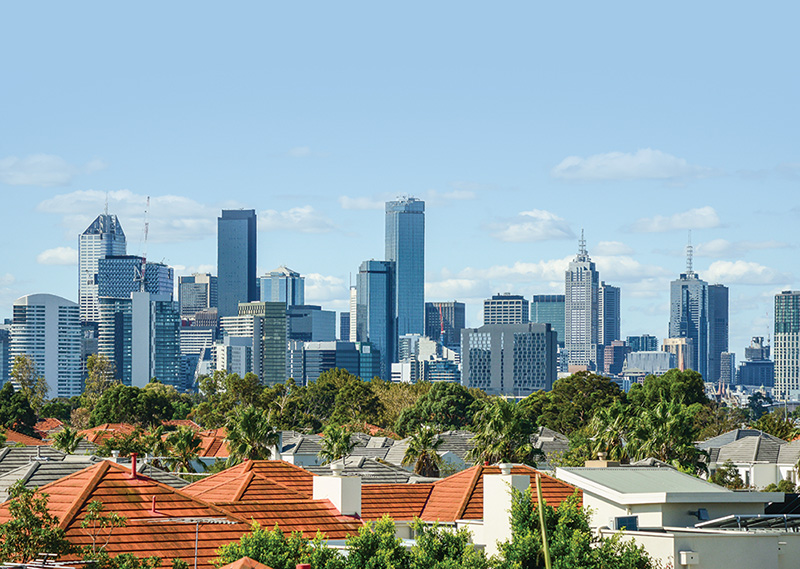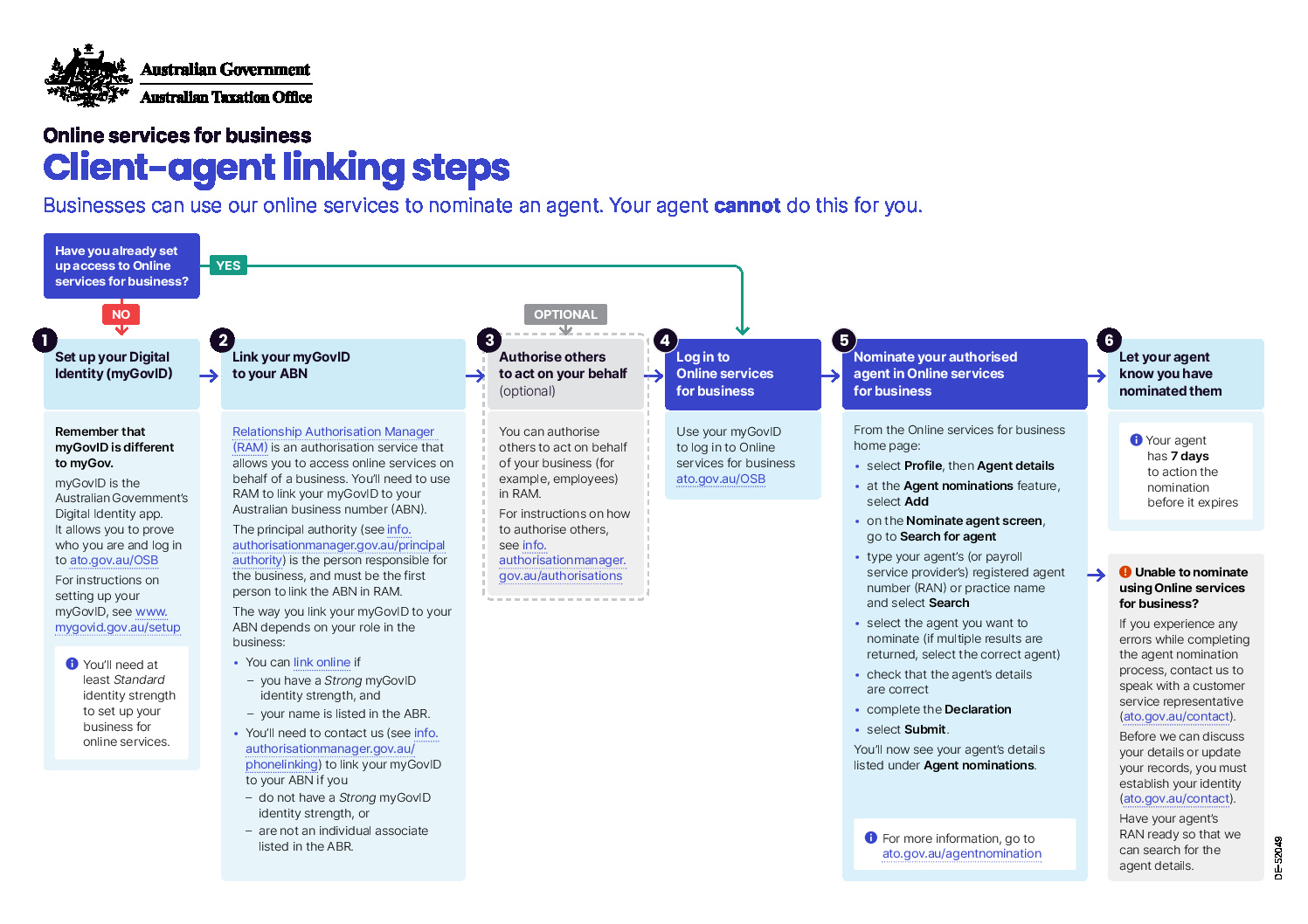Over recent weeks we have seen much discussion on the state of global and Australian share markets, and it’s not surprising to see the strong sell-off of technology stocks in recent days. This week we thought that it would be timely to provide some commentary on the Australian property market.
Rod Cornish, Head of Real Estate Strategy at Macquarie Asset Management addressed this topic in a recent video. For those of you interested, the video below provides an informative look at both the residential and commercial segments of the Australian property market and the impact that COVID-19 has had.
For those that prefer an abridged summary of this, I have provided some short commentary below.
Key Australian property market drivers
There are three major drivers for the Australian property market:
- Low interest rates;
- Low unemployment; and
- Strong net migration
In the lead up to this pandemic these three things were certainly helping to drive property market growth. This was particularly so in the Sydney and Melbourne property markets where residential house prices had recovered sharply over the previous year. Other major cities around Australia had not experienced the same growth, but nevertheless had not witnessed the sharp falls that some were predicting.
Pandemic impact on property prices
With the onset of the lock-downs and decrease in migration that occurred earlier this year we witnessed a sharp fall in both property listings along with a decline in house prices. Investment properties took the brunt of these falls, especially inner-city apartment rentals that relied heavily on overseas students.
With an unemployment rate rising rapidly and expected to continue to rise well into 2021 it was not surprising that many commentators were predicting further sharp falls in residential house prices. However, listings in some of the major cities, except for Victoria, are back to almost pre-COVID levels and some of the falls have not been as great as expected.
Similar to what we have seen in share markets, Government stimulus and initiatives like JobKeeper and the HomeBuilder scheme have played a major role. Other important factors are historically low mortgage rates and bank support by way of short-term mortgage relief which have all combined to keep prices relatively stable for now.
Where is the Australian property market heading?
Macquarie believes that the current decline in home prices of between 2-4% could increase up to around 10% off the back of higher unemployment and the withdrawal of Government support, however if this were to occur then they believe further Government initiatives to stimulate growth would be very likely.
Macquarie also believes that with interest rates predicted to stay low for at least the next 2-3 years, house prices are likely to bounce as employment and confidence returns. Although, medium to longer term growth rates are predicted to be much more subdued than in past decades.
On the commercial side, the increase in online shopping has seen a further demand for logistics and industrial properties and COVID-19 has further increased this demand. In contrast, the retail sector has suffered badly and the growing trend for employees to work from home could easily see the demand for office space also reduce.













